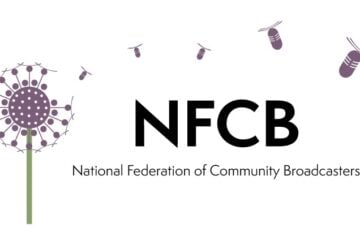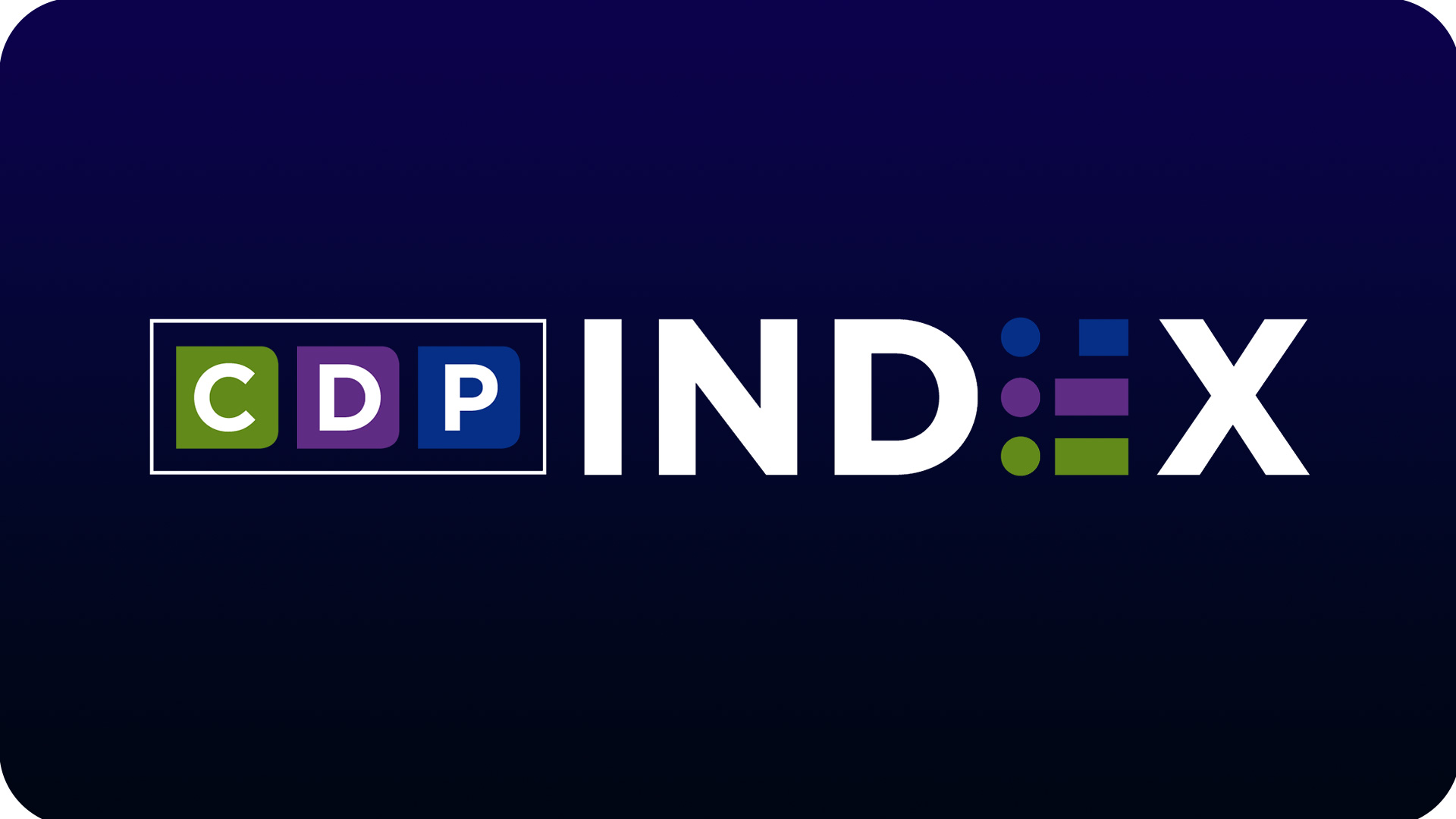For stations, ramping up digital revenue demands solid strategic foundation

(Photo: Tracy O, via Flickr)
Here’s a surprise to absolutely no one who works in media: The subject of digital revenue is prickly. Not only is it new and uncharted territory, but also, public media leaders feel pressure to learn how to navigate it immediately. They are desperate for help that doesn’t seem to exist.
During a symposium for chief executives at this year’s Public Media Development and Marketing Conference, the findings of the Digital Revenue Readiness Council produced mixed reactions ranging from “validating” and “helpful” to “impractical” and flat-out “disappointing.”
The key question the council faced was, “How can any organization expect to monetize and grow an area that has not been set up for success?” What could we learn from those inside public media who had experienced success? But, even more critical, what foundations had been laid and strategies deployed by other media organizations? What could we learn from those who were ahead of us on this path?
In an effort to help public media leaders develop digital revenue, I assembled a blue-ribbon panel of leaders from a variety of organizations. The six-month research process included lengthy interviews with the council members about their organizations’ own digital operations. Who is in charge of building digital revenue, for example, and what kinds of strategies have shown results? Did they experience failures we might learn from?
Later I convened the council for a daylong, in-person session to review overlapping ideas, discuss disparities in our approaches and home in on our recommendations for public media chief executives and managers. It was a fascinating discussion with clear commonalities and some unexpected surprises. In the end, there was little disagreement. The council was clear on what it wanted our system leaders to know: that public media must create a stronger foundation for building digital revenue if it is to succeed.
If you haven’t read the council’s longer report or seen the roadmap illustration, I’ll give you the gist: Acquiring digital revenue requires changing your organization to be more digitally focused with a strategy for growth that includes goals and accountability.
This was the unanimous recommendation from our council, which consisted of revenue and sales leaders, chief executives and strategists all the way from The Atlantic and Gannett to Gimlet and the Knight Foundation. The ideas presented in the roadmap may not seem controversial, but the process of putting them into action and changing the way public media leaders manage their business is clearly where the challenge lies.
I wasn’t surprised by the different responses at the PMDMC symposium and understood why the council’s ideas may not have provided the answers that some expected. From the beginning, the council aimed to consider the bigger question of how public media can position itself for digital revenue success by ensuring that our local organizations build solid foundations that will make it possible.
One of the very first questions our council wanted to pose was very simple: “Do you actually want digital revenue?” In other words, are you interested in digital revenue because you’ve been told you have to do this? Or are you really interested in growing this area of your business?
The implication behind the question was that we aren’t likely to succeed with ventures that station leaders are not interested in or engaged in. During the presentation to station executives at PMDMC, we asked for a show of hands. Who wants digital revenue? The answer was about two-thirds of the people present.
Interesting.
For me, this response demonstrated why the council’s recommendations to create an environment and culture for building digital revenues are so essential. For decades, public media leaders have worked very hard to sustain and grow broadcast revenue. We have spent money, hired and trained staff, brought in consultants, reviewed reports and more.
But when it comes to building digital revenue, we hope for similar results without the same (or even slightly similar) investment of time and resources to get it. During the PMDMC symposium, I realized that many CEOs believe they have made an investment in digital. For some, it’s been a fairly large financial investment that has shown little to no return.
If you build it…
No one likes to see “long game” and “revenue” in the same sentence, but it was one of the core ideas that our council felt was most important to convey. Many public media organizations have done some incredible work to transition their content to new and emerging platforms. They have created excellent websites and apps and are doing “all of the things!” Some have even done extensive digital-first or digital-only projects that have pushed the boundaries of where they once were. And yet they continue to ask, “Where’s the money?”
One of the tactics for ensuring your station has a foundation for digital revenue is questioning the larger strategy behind every new initiative or piece of technology. What are your revenue and audience goals, and what are you actively doing to reach them? Who is in charge? How will you hold them accountable? Again, turning to our models for broadcast, station leaders know the answers to most of those questions. What is stopping them from creating the same set of plans for digital?
Part of the answer is that we don’t know yet how to engage digital audiences and ultimately convert them into supporters. That’s why we see digital revenues as a long game. To find, grow and convert our audiences on new platforms, we have to learn what interests those who engage with our content in this space, work to deliver on those expectations and figure out what they might be willing to support . . . eventually.
Eventually. Sigh.
“Eventually” lands understandably hard on those who are trying to build new revenues. The time and effort of testing and learning — of following through on a commitment to think in new ways — is most certainly not the easiest path.
People have asked if there is a set of existing ideas that have already worked that we can use right now, and the answer is, “Absolutely.” However, our council was adamant that a station that puts those innovations into place without first building these foundational elements would fail.
Practical advice?
From the beginning, it was important for Greater Public, and for me personally, that this project not result in another white paper based on a theoretical conversation. We wanted to offer a process for acquiring digital revenue — steps that others had tested and tried that led to success. After presenting these findings, it is clear that some attendees had different ideas of what practical advice means to them. To dive into the nerdy weeds for a moment, a quick fact-check:
Practical: Of or concerned with the actual doing or use of something rather than with theory and ideas.
Theoretical: Based on or calculated through theory rather than experience or practice.
The roadmap that this council has offered us isn’t theoretical. The questions and actions that it spells out are the most practical advice they could offer to an entire system of stations with diverse needs and capacities. The moves it recommends are big ones; at any station, implementing them will be difficult and time-consuming.
The roadmap is designed to focus on key questions for any organization heading down this path. It lays out the beginnings of a process that has been successful for other organizations, such as KEXP in Seattle and KCPT in Kansas City, Mo.
One question I have heard time and time again is, “How do other organizations do this?” We asked that question, and this is practical advice that council members gave.
A recent NPR segment on the current technology movement underway in Africa spoke to the gap between what technology can do and the bigger problems facing those who live on the continent. In an All Tech Considered segment, computer scientist Kentaro Toyama, author of Geek Heresy: Rescuing Social Change from the Cult of Technology, told NPR’s Audie Cornish that technology by itself can’t solve problems in the education system or economic inequities in society without guidance of humans with good intentions.
“Without something else, technology simply does not address these problems,” he said. If a car has a more powerful engine, he says, then it’s all the more important that “the person behind the wheel knows where they’re going and how to drive well.”
This is a familiar theme that was front and center in the council’s discussion. With all that has become available to us through digital, we still need a well–thought-out strategy and forward-thinking leadership to know how we will use it to meet our current and future audience’s needs.
Additionally, there is individual work for our CEOs to do. The council found a variety of ways in which public media leaders can be actively involved in growing this revenue stream, including acting as a catalyst for change and new ideas at their organization.
There are several important elements to explore, such as meeting with progressive, forward-thinking companies and individuals from outside of your station and learning how to tell a new digital story internally as general managers consider the future of their audiences and organizations. As a station manager or chief executive, if you are doing them all, bravo! If not, then consider what you can learn from what the council members have already been through. As you ask where the return on investment in digital is, we hope you would also evaluate your digital revenue strategy, leadership, goals and accountability and then ask what you, personally, can do to improve it.
What is digital revenue? And more answers to come
It was clear during the CEO presentation that many were tripped up on the definition of digital revenue, and rightly so. When the council met in person to form our recommendations, this definition was at the top of the agenda. What are we talking about here? Can we offer a framework for defining it?
We found immediately that there is no common definition. Successful organizations have defined it in different ways. The council felt that recommending a specific approach would not be a deciding factor in whether a public media organization would experience growth. The council felt that stations could pick the approach that works best for their station and build that into their strategy.
Station executives at the symposium said they want more help with this, and we intend to provide it. Look for Greater Public to present case studies of how some organizations have defined digital revenues and to spell out options that may work for your station in the months ahead. We also intend to help define what success looks like and how to set realistic goals.
There is much more work for all of us to do and a tremendous opportunity for public media to learn what comes after this foundation is in place.
As a public media advisor and consultant, Jennifer Strachan uses decades of broadcast and digital media experience to help national and local organizations move toward a sustainable future. Prior to launching her consulting company, she served in a variety of leadership roles in radio and television, both commercial and public, and is an Emmy Award–winning executive producer.
Related stories from Current:








[…] on best practices in leadership, fundraising, programming, engagementand other aspects of public […]